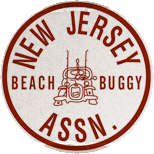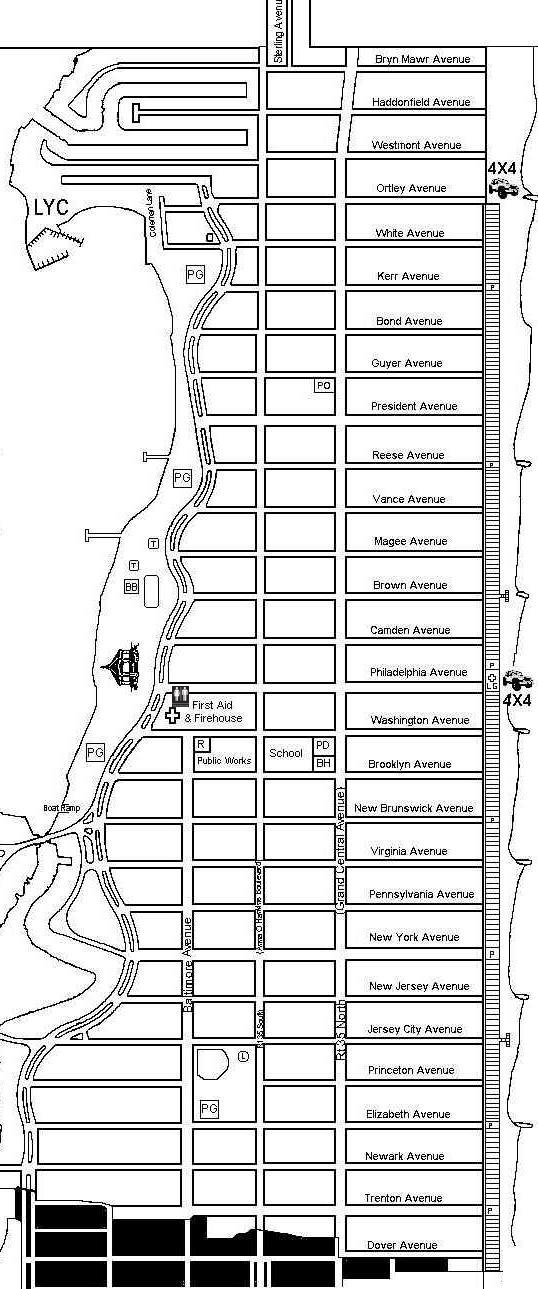Accessibility
Animals
Auto Pay & E-Bills
Beach Buggy's
Bicycle Safety
Boat Moorings & Ramp
Crabbing & Fishing
Gazebo Use
Lavallette History
Municipal Building
Ocean County Connection
Parking
Registered Businesses
Senior Information
Transportation
Weather
Beach Buggy Permit
Access Points Map
Rules for Permits
Current Conditions

Beach Cam and Current
Conditions
Beach Buggy's
![]()
Beach Access Open: October 1st - April 30th
Beach Access Closed: May 1st - September 30th
 Beach
Buggy Permit
Beach
Buggy Permit
Do Not Operate any type of motor vehicle, motor-driven vehicle, or motor-assisted vehicle on the municipal beach from May 1st through and including September 30th.

The “municipal beach” shall be defined as all lands east of the municipal boardwalk and west of the low water mark of the Atlantic Ocean.
BE ADVISED: You are responsible for knowing the regulations governing the use of vehicles on the beach; therefore, be sure to read the Rules for Permits below!
Buggy Permits are $35.00
and good for the Calendar year January 1st - December 31
There is no charge for veterans with ID.
Cash, Check, or Money Order only.
No Credit Cards
or Debit Card Accepted.
Download Beach Buggy Permit Application, and bring
it to
Lavallette Municipal
Building. Monday - Friday 9am-4pm.
Borough of Lavallette
1306 Grand Central Avenue
Lavallette, NJ 08735
The following list is required for any vehicle on the beach to carry:
Beach Buggy Permit
Access Points Map
Rules for Permits
![]()
No Fires Are Allowed On Lavallette Beaches
 Beach
Buggy Access Points
Beach
Buggy Access Points
Ortley Ave
Philadelphia Ave
Dover Avenue is no longer an access point.
 For
More Beach Buggy Resources Visit
For
More Beach Buggy Resources Visit

www.njbba.org
The New Jersey Beach Buggy Association is a statewide organization
dedicated to the preservation of natural beach resources. Since 1954
the NJBBA has fought to preserve beach access for all beach users.
VEHICLE INFO:
More Information www.njbba.org/beach-driving.html


